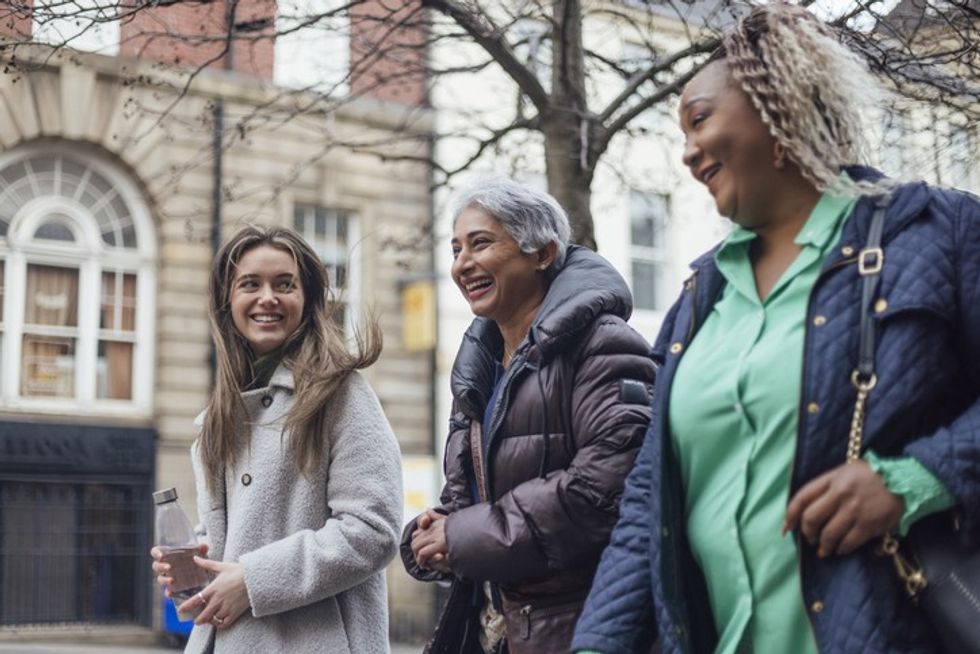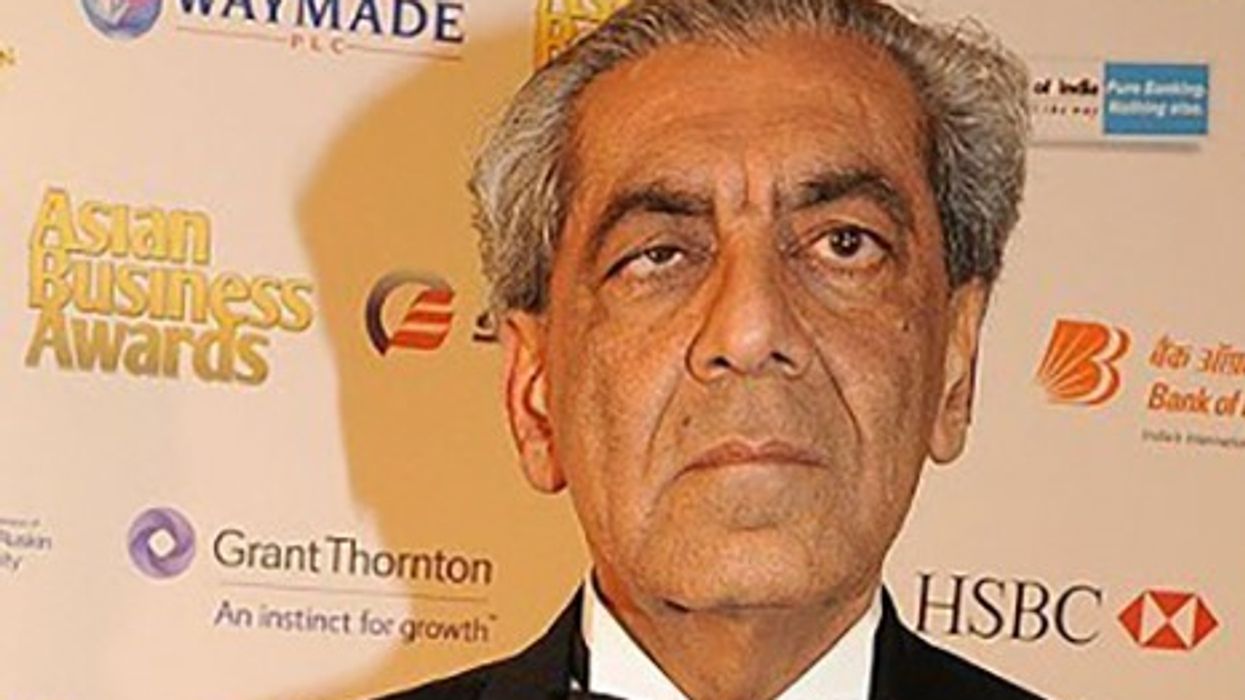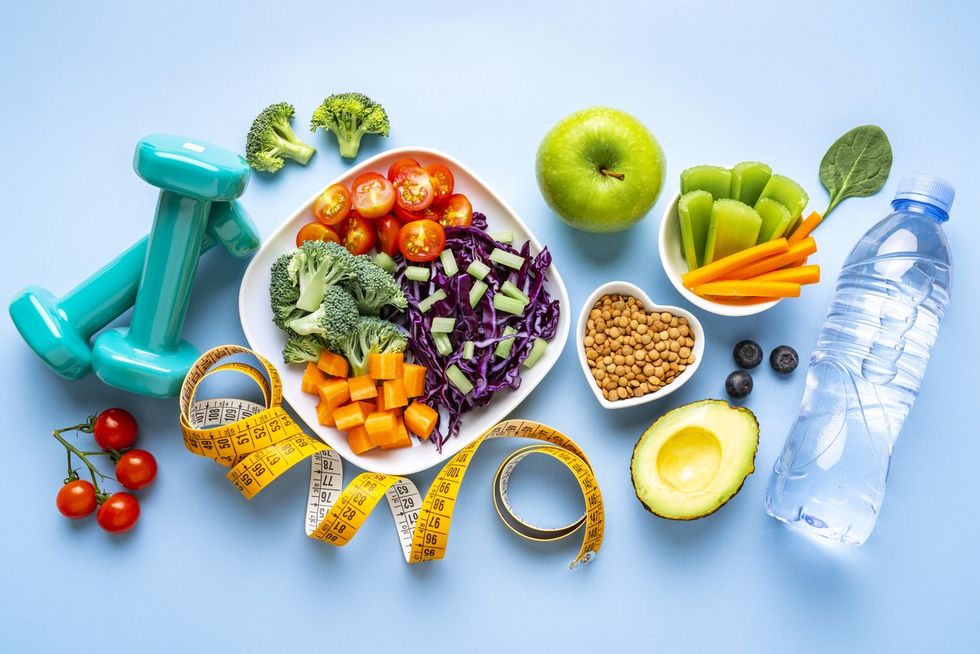IN 2016, I wrote a column on ‘smartphone compulsive disorder’, a growing concern that began to infiltrate our daily lives.
Fast-forward eight years, and the debate about the detrimental effects of excessive social media use continues incessantly. It’s startling that despite the wealth of research highlighting the negative consequences, we are still grappling with this issue.
In 2017, I followed up with a column on social media anxiety, exploring the psychological toll of constant online comparison and the fear of missing out. These issues remain prevalent today, and are exacerbated by the everevolving landscape of social media platforms.
According to a study published in the Journal of Personal and Ubiquitous Computing, our compulsive need to check our smartphones is primarily driven by boredom. The average user checks their device a staggering 35 times a day, and given that we are on autopilot for almost half of our waking hours, it’s no wonder feelings of being overwhelmed and stressed remain on the rise.
While social media offers numerous benefits, it’s crucial to acknowledge the potential dangers.
The proliferation of hate speech, misinformation and violence fuelled by online platforms is a stark reminder of the negative consequences of unchecked digital consumption. The evidence is mounting that children ‘doomscrolling’ for hours a day is causing widespread harm. We need the equivalent of the ‘seatbelt’ legislation for social media use for children.
Children are particularly vulnerable to the addictive nature of social media, which can negatively impact their social skills, selfesteem, and overall wellbeing. The rise of plastic surgery among young people seeking to achieve the unrealistic beauty standards portrayed on social media is a clear indication of the harmful effects of these platforms.
We must educate young people about the importance of self-belief and genuine, positive connections, rather than the superficial and often filtered relationships built online.
Parents are in an impossible position over whether to expel their children from social media or expose them to harmful and addictive content. Countries around the world are also taking bold action, and in Britain, our children risk being left behind.
The time has come for policymakers to take decisive action to protect our mental health and the wellbeing of future generations. A new UK law banning smartphones in schools in England, as proposed in a private members’ bill, is a step in the right direction, but is completely banning phones in schools necessary? Perhaps a more balanced approach would involve educating people to use technology mindfully, as I have advocated in previous columns.
Additionally, social media platforms must take accountability and implement measures to make their content less addictive for children and young people. By regulating smartphone usage and social media, we can create a healthier digital environment that prioritises our mental well-being and promotes meaningful human connections.
It’s time to break free from the chains of digital addiction and reclaim our lives. For more helpful tips and conversations on healing from the digital overwhelm, listen to Healing Place, wherever you get your podcasts.
@itsmitamistry
@healingplacepod






 There’s deep healing in the communityiStock
There’s deep healing in the communityiStock










 From ancient sages to modern-day Gurus, their influence on society continues to inspire and transformiStock/Mahabharata
From ancient sages to modern-day Gurus, their influence on society continues to inspire and transformiStock/Mahabharata The relationship between Guru and disciple has been central to the evolution of Hindu philosophy and practiceiStock/Mahabharata
The relationship between Guru and disciple has been central to the evolution of Hindu philosophy and practiceiStock/Mahabharata The reverence for spiritual leaders remains a cornerstone of Hindu culture, transcending time and traditioniStock/Mahabharata
The reverence for spiritual leaders remains a cornerstone of Hindu culture, transcending time and traditioniStock/Mahabharata


